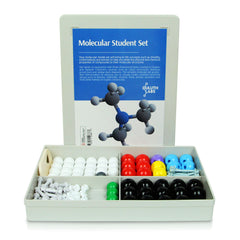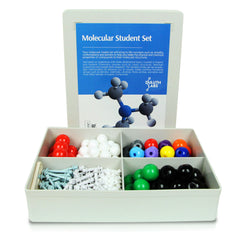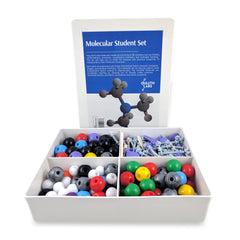BACKGROUND:
Stereochemistry is a sub-discipline of chemistry that involves the study of the relative spatial arrangements of atoms within a molecule. It also covers studying the effect of the spatial arrangements on the physical and chemical properties of compounds.
One of the main foci of stereochemistry is determining the chirality of molecules. Chiral compounds are compounds whose molecules are non-superimposable to their mirror image. If a compound is superimposable to its mirror image, it is classified as an achiral compound. An example of an achiral compound is methane. Since all of the substituents of the carbon atom in methane are just hydrogen atoms, its mirror image will always superimpose with it.

The concept of chirality is important as it tells us about the ability of molecules to rotate plane-polarized light. Depending on the chirality of the molecule, it can rotate the light either to the left or to the right. The molecules are classified as either dextrorotatory, if the molecule rotate plane polarized light to the right, or levorotatory, if the molecule rotate plane polarized light to the left. For achiral molecules, they do not have the ability to rotate plane-polarized light.
The ball and stick model can be used to study the chirality of molecules. Students can manipulate structure and rotate readily molecules to see if the mirrored compounds are superimposable or not. In this post, we will try to create structures of different compounds and test if the compound is chiral or achiral using the Duluth Labs Molecular Sets
MODELLING: Let’s Walk Through Building An Achiral Molecule. (Dichloromethane).
To demonstrate the topic, we’ll model dichloromethane using our Duluth Labs Molecular Sets which has the structure shown below:

Additional Information: Dichloromethane, also called methylene chloride, is a clear volatile liquid that has the formula CH2Cl2. It is volatile and has the ability to dissolve a number of organic compounds. It is also used as paint stripper and degreaser.
-
1

1. For this example, all carbon atoms used should be tetrahedral carbons. To prepare a dichloromethane molecule, get a carbon atom (black) and connect two Hydrogen atoms (white) using short connectors.
-
2

2. To the two remaining holes, attach two chlorine atoms (green) using medium connectors.
-
3

3. Using similar sets of atoms, create a mirror image of the molecule you previously made. When put side by side, the two molecules should look similar to this image.
-
4

4. To know if the compound is chiral or not, rotate the molecule in any way and see if the molecules will look exactly like each other. For the molecule given. Rotate the compound by 180° by holding the Hydrogen atom on top.
-
5

5. Try to superimpose the two molecules together by putting one on top of the other.
Note: Dichloromethane is considered an achiral molecule because its mirror image is superimposable to it.
PRACTICE EXERCISE
-
1. Using the Duluth Labs Molecular Sets, create the structure of chloromethanol by replacing one of the chlorine atoms with an OH group (O atom attached to an H atom using small connector). Is it chiral or achiral?
-
2. Now, prepare the structure of 1-amino-1-chloroethanol by replacing one of the hydrogen atoms of chloromethanol with an amino group (N atom connected to two H atoms using small connectors). Is there a configuration where the compound can be superimposed to its mirror image? Is the compound chiral or achiral?











